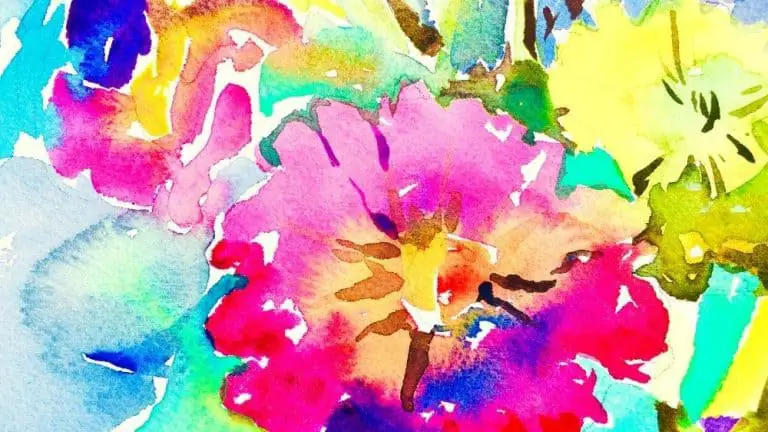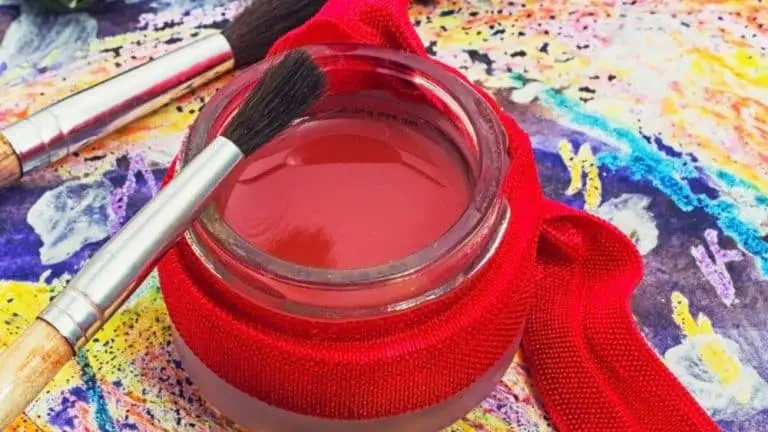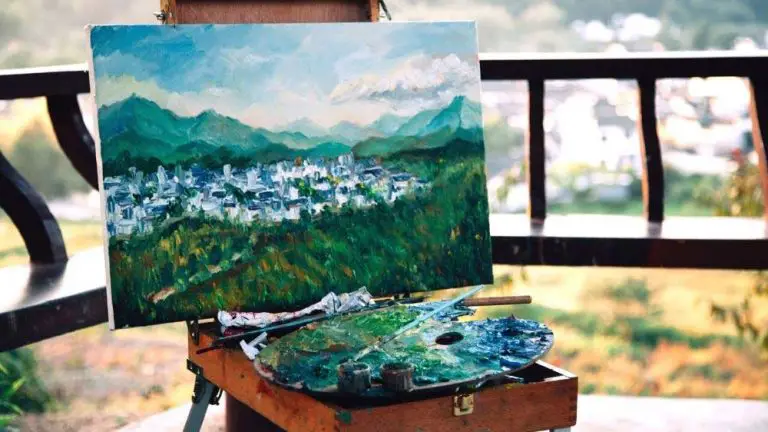How to Stop Buying Art Supplies! (For Painters)
Artists use a lot of supplies and equipment to create their art. The satisfaction and euphoric feeling of having a new art supply can make anyone addicted to buying art supplies on a regular basis. If you’re semi-addicted already, how do you stop yourself from buying even more painting and art supplies?
The best way to avoid wasting money on new art supplies is by keeping your current tools usable and making full use of the supplies (especially paint) you already have. You should care for your existing art equipment to make them last as long as possible while recycling used ones if necessary.
If you still don’t understand how to stop buying those unnecessary art supplies, I can help. This comprehensive guide will teach you how to save money on your basic art supplies without sacrificing the quality of your designs.
How to Save Money on Paint
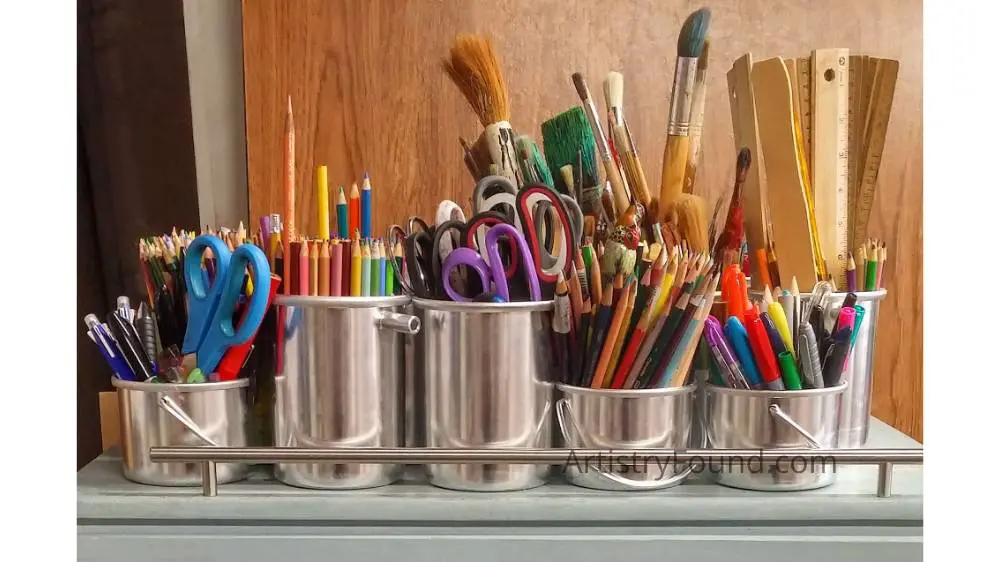
(This article may contain affiliate links and I may earn a commission if you make a purchase)
As a painter, you’ll most likely be spending the majority of your money on paint. Unfortunately, artist-quality paints aren’t priced like regular paints; instead, they’re much more expensive!
As a painter, it’s only logical that the best way to save money on supplies is by better managing your paint use. So here are some of the ways to avoid buying more paint, thereby saving money on this expensive art supply.
1. Make your paintings smaller.
Paintings on gigantic canvases may look amazing, but very few art buyers want a single painting to cover their entire living room wall. Making all of your paintings smaller won’t impact your sales negatively. In fact, you’re likely to make even more sales.
In addition to the possibility of making more sales, smaller paintings also use less paint. Summarily, smaller paintings require less paint and a cheaper canvas and can fetch you even more money than super-sized ones.
2. Use a tube wringer to squeeze every last drop of paint.
A paint tube wringer (Amazon) may seem like an additional investment, but it will save you money on paint in the long run. It’s simply a piece of equipment that squeezes paint tubes to extract all of the paint in them.
If you’re squeezing paint from paint tubes using your hands, you may be throwing about 20 to 30% of your paint away with every paint tube, if the marketing materials for these wringers are anything to go by.
Even if it only squeezes 10% more paint, you will be getting the equivalent of a whole paint tube when you use ten paint tubes. It goes without saying that this is an efficient way to avoid buying more paint.
Most tube wringers are metal, but you can get cheaper plastic wringers. Plastic wringers aren’t as durable, and they may not work properly with thicker tubes, so it’s worth investing in the metal ones. Having one of these will definitely help you save a few trips to the art supply store.
3. Stop wasting paint.
Artists waste paint in many ways; throwing away leftover paint, allowing paints to dry between painting sessions, and using your hands to extract paint from the tubes are all perfect ways to waste a lot of paint.
If your paints always seem to dry up before you can fully use them up, you can try using a mister to keep your paints from drying out too quickly. A mister is simply a spray bottle with some distilled water that you spray on your paints now and then to prevent them from drying out while you’re still using them.
You can also avoid dried paint by investing in a palette that keeps your paint wet, also known as a stay-wet palette (Amazon). They usually have a sponge layer that you must keep wet to prevent your paint from drying out. If you get a good stay-wet palette, you should be able to use your paint for days or weeks without worrying about it drying out.
You should also avoid discarding leftover paint. While you can’t put semi-used paint back into the tube, you can always seal it in an airtight container to prevent them from drying.
How to Save Money on Canvas
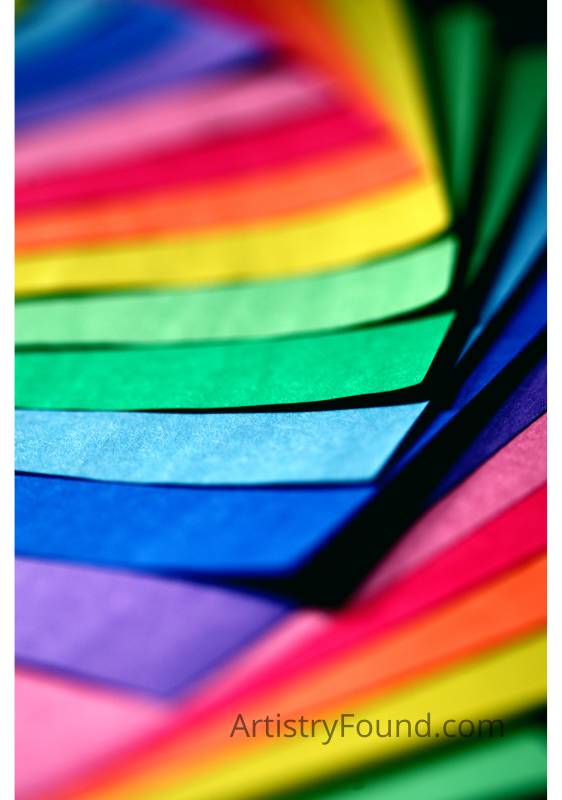
As a painter, you create most of your work on a canvas, making it one of the materials you’ll be needing the most. But how can you possibly save money on canvases?
Here are some new practices to adopt to start buying less canvas for your artworks, without decreasing your productivity.
1. Paint Smaller Designs.
As I’ve proved earlier in this article, people are more likely to buy smaller artworks, as they have a smaller footprint on your overall home design. To save money on your paintings, you should try making them smaller.
Not only will smaller designs use smaller, and subsequently cheaper canvas, you also don’t need to buy as much paint as you would with a larger design. Also, this will have little or no effect on the value of your painting in the real world.
However, you can occasionally buy larger canvas when you need it. Some paintings just don’t fit into a small canvas, and you shouldn’t cramp up your artworks in an insufficient space, as it will have a visible impact on their quality and detail.
2. Reuse Canvases
Sometimes, you start paintings that you have no intention of completing, and some paintings are tests or experiments for larger projects.
If you’ve wasted a lot of canvas on these uncompleted works or experiments, you can reuse these canvases for your newer paintings instead of buying new ones.
To reuse a canvas that you’ve previously used for a painting, you can simply paint over it using some white paint or gesso (Amazon). This should completely erase whatever is underneath, so you can start painting your new artworks over the previous ones.
Also, if some of the paint doesn’t show on the other side of the canvas (very unlikely), you can turn it over to the other side and paint on it. If it shows, you can try using it as a foundation for another painting.
Instead of buying canvas for every painting you make, you can try painting on other surfaces. For example, you can paint on a sheet of wood (which you can get for free sometimes) or any art material that looks usable; some people even paint on their bedsheets.
How to Save Money on Brushes
If you primarily make paintings, you can’t do without brushes and paints. Therefore, it wouldn’t be fair if you only learned how to save money on paints, but you keep spending all you’ve saved on paints on brushes.
In this section, you’ll learn how to make your brushes last longer, so you won’t have to buy new paintbrushes every time you start a new painting.
1. Don’t leave your brushes in the water.
The paint on the exterior of your brush handles is meant to protect the brush from deterioration. However, extended immersion in water will gradually peel off the paint, removing the protective cover.
When putting your paintbrush in water, ensure that the water doesn’t go past the metal part of the brush that separates the bristles from the wood. This keeps the handles dry while keeping your brush wet enough to be easily washable.
Leaving your brush bristles down in the water for extended periods, even if you’re not immersing the handle in water, is also an incorrect practice. Soft bristles can easily be deformed when they maintain the same position for a long time.
At the same time, leaving the brush out of the water, and letting the bristles dry with paint on them is also wrong. If you let them dry, it will become almost impossible to wash off the paint from the bristles of the brush.
A good practice is to soak the brush in water occasionally while keeping an eye on it, making sure it doesn’t dry out. Then, whenever it starts to dry out, you can immerse it in the water again to keep it wet, but don’t keep it inside the water.
That way, you can rest assured that your paint brush handle will be safe, the bristles won’t be deformed, and you can easily wash away the paint after you’re done painting for the day.
2. Don’t store wet brushes with the bristles up.

I can’t emphasize this enough; do not expose the handles of your brushes to moisture. Doing so will only make your brush weaker by the day.
When you store wet brushes with the bristles up, the water from the bristles will slowly drain into the handle, making the brush handle wet. Storing your brushes with the bristles down is also wrong, as it can deform the bristles permanently.
To prevent this scenario, you should always lay your brushes flat on a surface. This way, you know water isn’t drifting into the handle of your brush, and the bristles of your brush won’t be deformed.
How to Stop Buying Art Supplies
Buying quality art supplies isn’t a bad practice; it’s necessary for you as an artist to work effectively. However, that doesn’t justify spending money on unnecessary art supplies or buying super-expensive ones.
Here, I’ll show you how to stop yourself from buying stuff that you actually don’t need to help you save money without impacting the quality of your work.
The following tips will help you stop yourself from buying unnecessary art supplies, regardless of your area of specialization.
1. Track coupons and cashback from several art stores.
Coupons can cheapen some very expensive art equipment. Buying with art store coupons will let you save money on your art supplies without necessarily skimping on quality.
Sometimes, coupons may not be very easy to find, especially for offline stores. Reading blogs, magazines, and scouring coupon websites for deals from local stores and art supplies websites.
You should sign up for your favorite store’s newsletter if they offer one, as most stores send their best deals only to their subscribers via email.
If you’re looking to procure some top-dollar art supplies, it’s worth waiting until you can find some kind of coupon, sale, or discount, at least.
2. Buy what you use.
If you think you waste money on art supplies, it’s usually because you don’t have a use for most things you buy. Many people shop for expensive new supplies when they don’t even need them for anything right then.
Before completing any purchase, it’s essential to ask yourself what you’re going to use it for. Don’t buy equipment because it looks useful, or because you think you might need it in the future. Wait until you need something before you make a purchase.
Note that this doesn’t imply that you should avoid buying supplies that you need. Good artists improvise, but great artists always use the right equipment for the job!
3. Maintain your existing supplies.

Even if you can get the best deals on every art supply, you’re still wasting a lot of money if you can’t preserve them to last long. If you don’t follow the necessary maintenance procedures for your paintbrush, for instance, you’ll need to buy new paintbrushes frequently to continue making new designs.
If you can maintain most of your equipment, you can keep some of them for years, or even for a lifetime.
Also, organizing your studio, with different sections for the different equipment you use will make it a lot less likely to mess things up. Messy artists create messy paintings, and you don’t want your art to come across as “messy.”
4. Collaborate with other artists.
Buying your painting equipment in bulk will allow you to get them for a considerably cheaper price. However, you don’t want to buy a dozen brushes of the same type.
When you need to buy paint or paintbrushes, you can collaborate with other artists willing to buy them too. Then, you can put resources together and buy them in bulk to get massive discounts.
If you don’t already have existing relationships with other artists, you can join local artist groups on Facebook or attend art seminars and conferences.
More From Artistry Found
- Are Expensive Paint Brushes EVER Worth It? (For Artists)
- Artist’s Loft Acrylic Paint Review (Are They Any Good?)
- Why Your Paint Brushes Fray – And What To Do About It
- Is Acrylic Pouring Expensive? (Let’s break it down)


